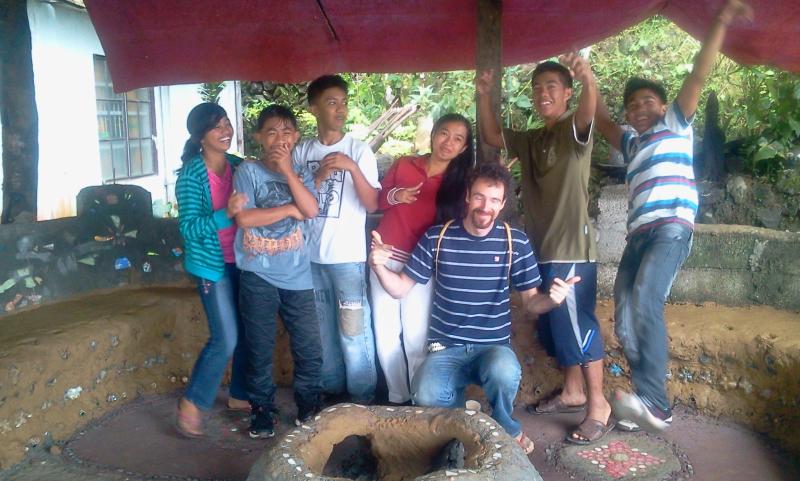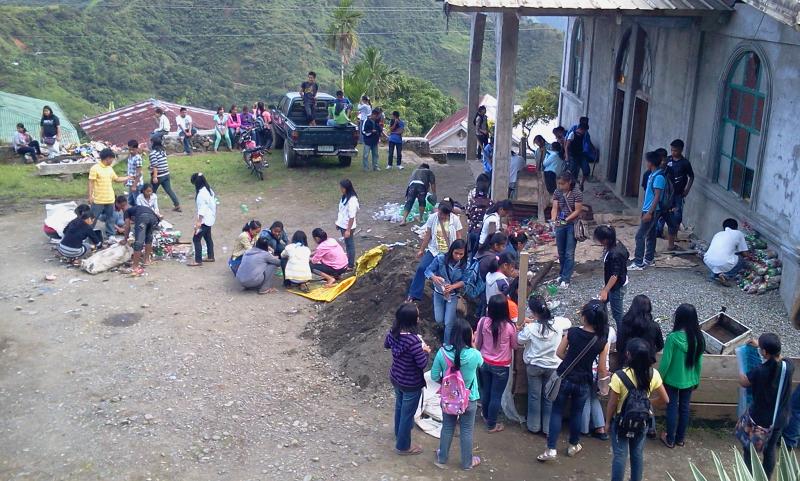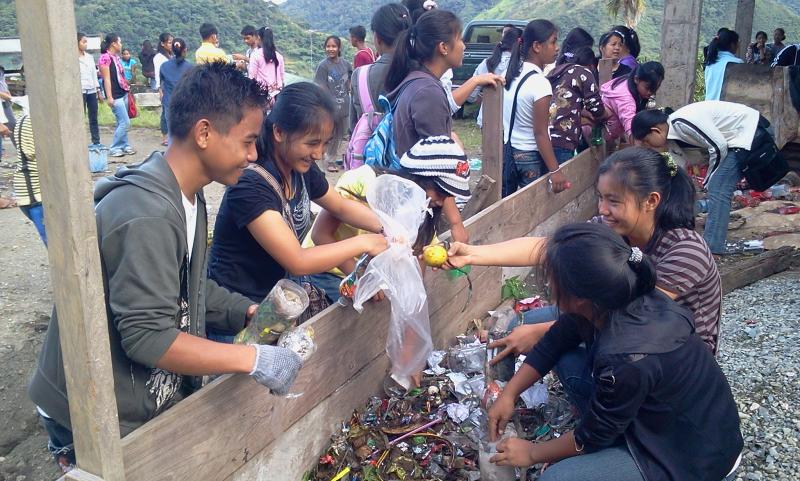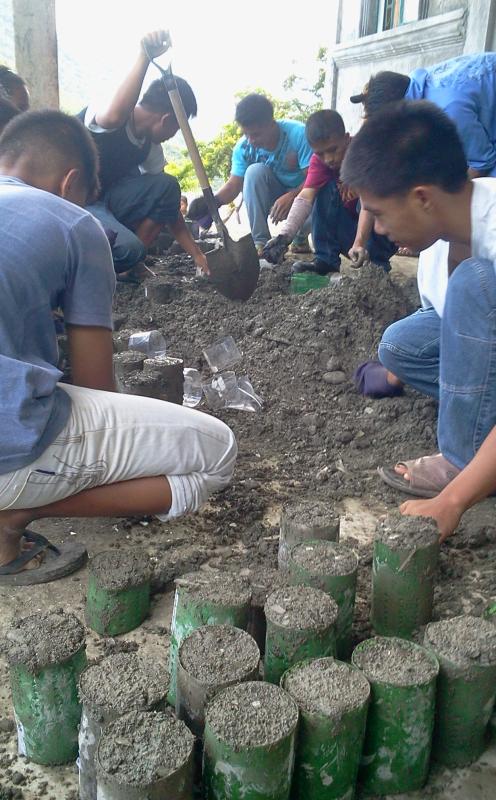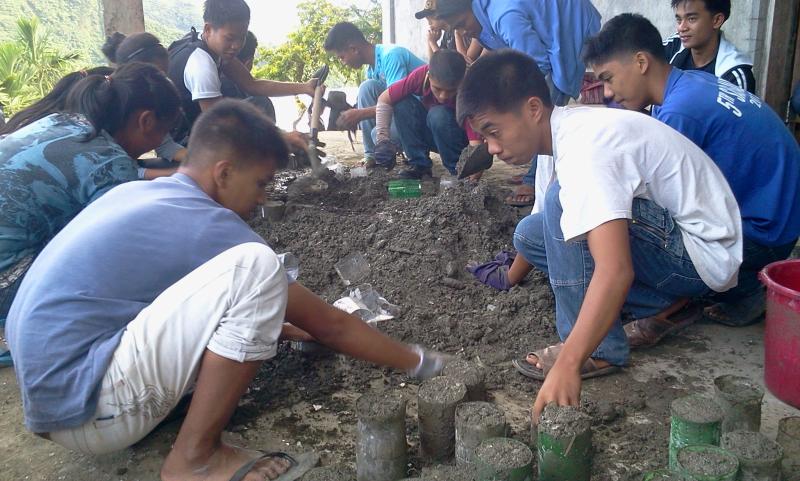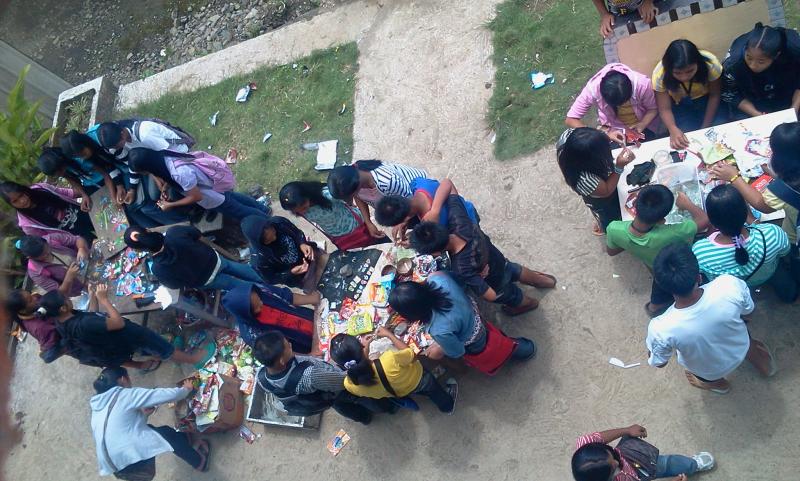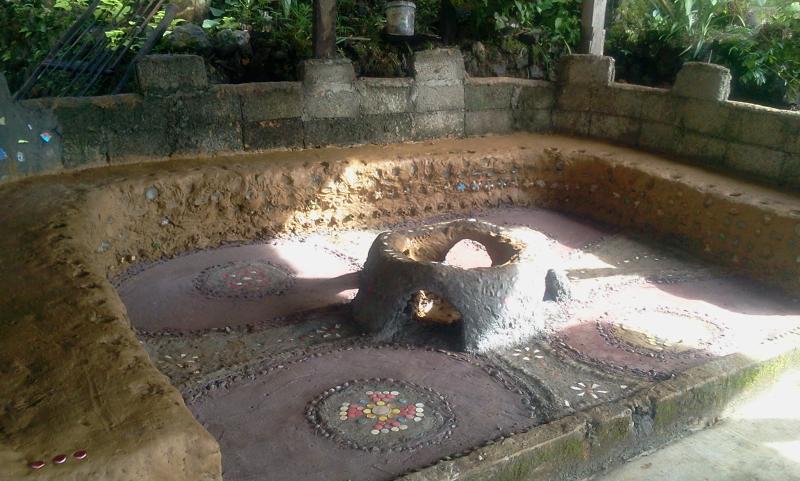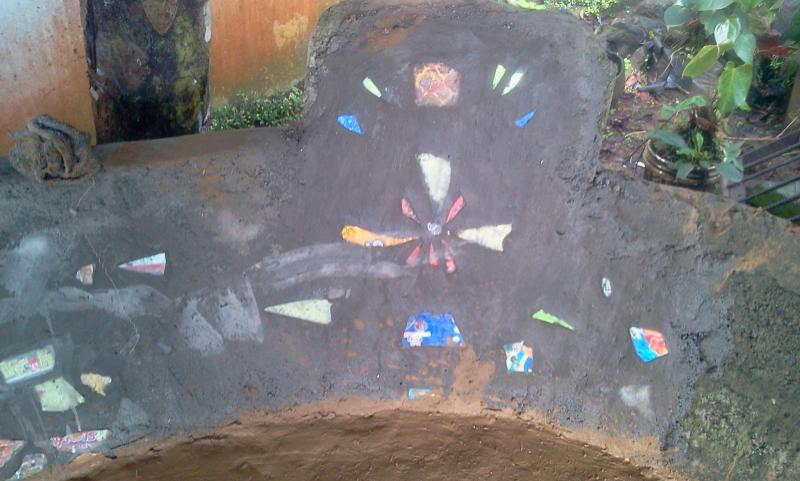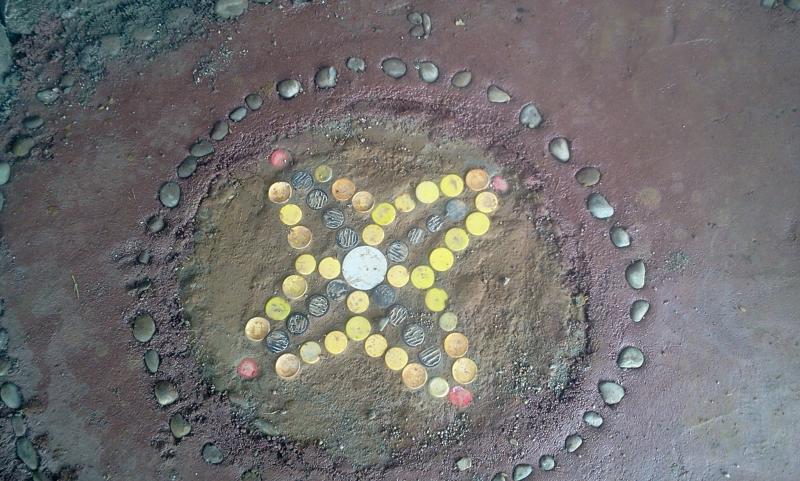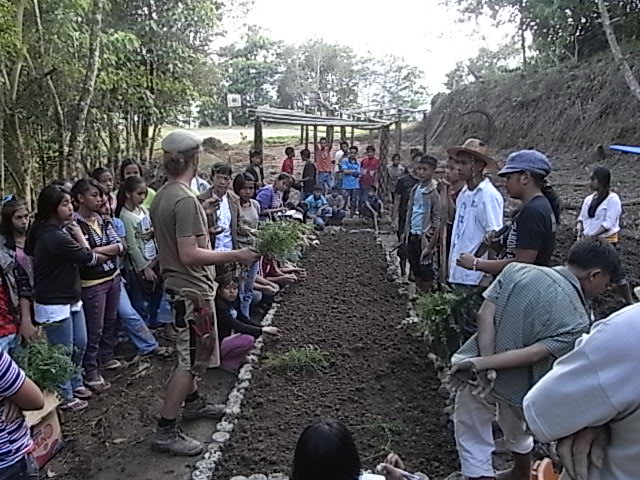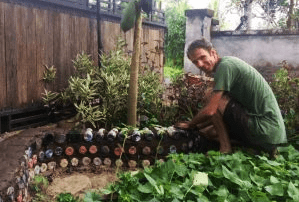“Russell, we’re going to Natonin tomorrow and we have to speak to 300 youth for two days! Help!”
That’s how my adventure to Natonin, a remote village in the mountains began last week. Cell service had been down for several days, and my friend Niklaus had just got the invitation from Father Allen.
With almost no preparation, we just jumped in Father Allen’s car and made the 6 hour journey over rough mountainous road to Natonin. There a spontaneous adventure in ecological action awaited us…
I love Natonin. I’ve done a project or two there before and every time I am dazzled by this beautiful village, so isolated and remote, surrounded by virgin jungle, and filled with the friendliest people and the most eager and enthusiastic students. They seldom get visitors, let alone guest teachers, and they express their gratitude in full.
The two day ecology themed activity had been planned in advance. The 300 high school students had two days scheduled to focus and work and learn. Two days, that we had to keep the busy. The town Church was packed! What to do?! How to put 300 students to work for two days? One can only talk so long, and there are only so many movies that one can show!
Niklaus and I share a beleif: Learning through doing is the best way to learn and teach. Sure, you can talk to a class about something. Maybe you’ll have 20% retention of what you’re talking to them about. However, far more powerful is coupling that with getting their hands dirty DOING. That’s the great thing about art and gardening. You do it. And that’s the great thing about Trash: You get you’re hands dirty!
So, after a movie and some ecology and recycling chit-chat, we mobilized all 300 students to clean up the Church grounds. We picked up trash, then we tackled the garbage pits. We segregated the best we could. We cut bottles, and we made bricks. We gathered all the broken glass, and crushed it up. We made cement and mixed in the glass and garbage. We packed the un recycleable trash into the bottles. We tore out the weeds. It was awesome (and a big challenge!) to have 300 eager workers around to help make it happen.
The next day we put all our cleaning to use. Using the bottle bricks we built up garden plots. We planted nice indigenous plants. Near the church we put the other bricks into use to build up their Ammongo– a scared gathering area around a fire pit. We built up the seats with the bricks and erected an arched fire circle. We used broken glass and colored plastic to make mosaic tiles. We used bottle caps to make floor mandalas. We used glass bottles to make seating patterns. Then, getting experimental, we mixed up the local clay to make cob using rice-husks, flour and lime.
It was a little crazy with so many youth, but their enthusiam and eagerness to learn made it into a wonderful few days of collaboration. You can see the fruits of our labours below.
But it was most of all about sewing seeds– sharing bold new ideas on using trash and intergrating ecology. I am eager to return and see what flowers spring up!

